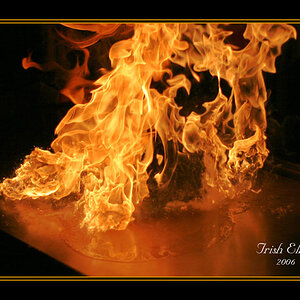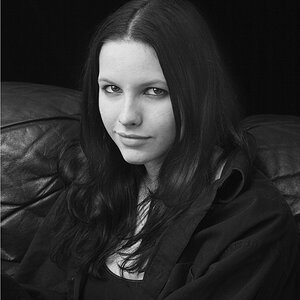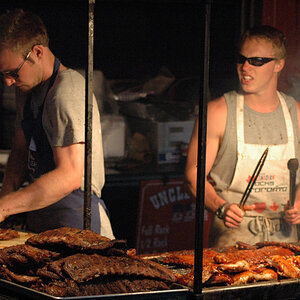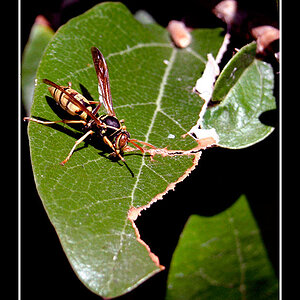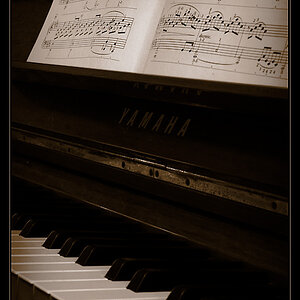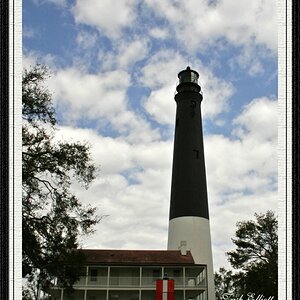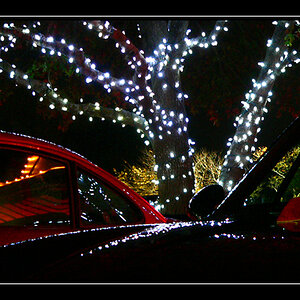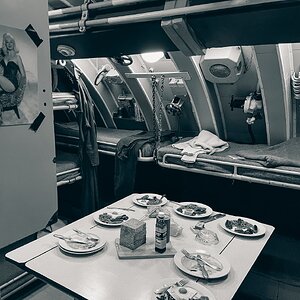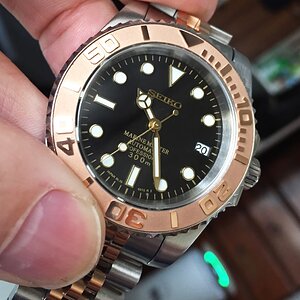Derrel
Mr. Rain Cloud
- Joined
- Jul 23, 2009
- Messages
- 48,225
- Reaction score
- 18,941
- Location
- USA
- Website
- www.pbase.com
- Can others edit my Photos
- Photos OK to edit
You won't make me feel bad at all, as i said a million options on 3 lights and i googled.
Yeah, well, I like you man, and we;'ve been talking about stuff off and on, and I figured it was a Google search link.
I want to summarize two points. First off, when there is no nose shadow on a face, the lighting is FLAT. So, his first setup, the one with the photo, the one that he calls Main and Fill lights is WRONG. He has created flat,virtually shadowless lighting by using TWO LIGHTS that act together as basically one, large light source. He is cross-lighting with two, competing lights of equal strength at equal distances--the photo sample shows that. That is NOT "Main" and "Fill"....it's erroneous,newbie-talk. He is not qualified to write or illustrate this article.
Second point: in his bottom diagram, showing how to use one single light + a reflector to provide fill light. It is wrong because of a thing called "physics". The angle of incidence equals the angle of reflection. But, in his idiotic diagram, the beam of the main light blows right past the reflector positioned parallel to the EDGE of the light beam!!! My God! That round refelctor is aimed at the subject's face--but the Main light is not aimed at the reflector! Good God--has this guy ever played Pong? Or pool? What planet is he from?
The reflector must be positioned to actually "see" or "catch" or "bounce" the light coming from the main light! "Doah!!"



